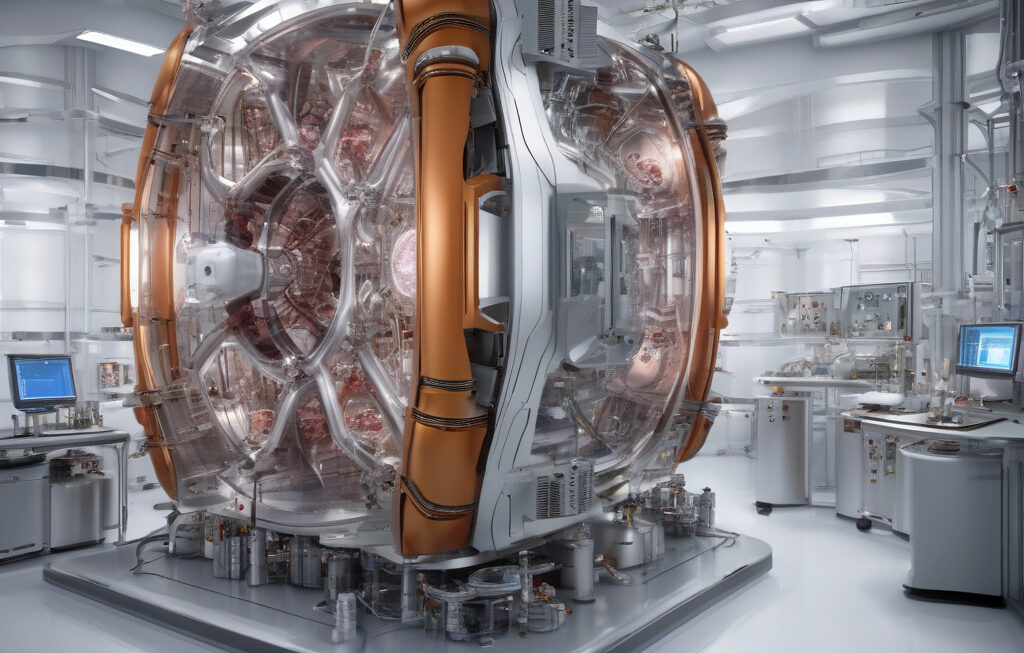Revolutionizing Nuclear Fusion: How Scientists Solved a 70-Year-Old Problem
Scientists at the University of Texas at Austin, Los Alamos National Laboratory, and Type One have recently achieved a groundbreaking milestone in the realm of nuclear fusion. For over seven decades, researchers have grappled with the challenge of preventing tokamaks, the devices designed to harness fusion energy, from losing electrons during the process. However, thanks to the collaborative efforts of these institutions, a solution has finally been discovered.
The key to this breakthrough lies in the innovative approach taken by the research team. By utilizing advanced plasma control techniques and cutting-edge magnetic fields, they were able to effectively contain the escaping electrons within the tokamak, thus maximizing the efficiency of the fusion reaction. This development not only represents a significant leap forward in our understanding of nuclear fusion but also paves the way for the practical implementation of this clean and virtually limitless source of energy.
One of the primary benefits of solving the electron escape problem is the increased stability it offers to tokamaks. By minimizing the loss of electrons, scientists can now achieve higher plasma temperatures and confinement times, bringing us closer to the elusive goal of achieving a self-sustaining fusion reaction. This newfound stability is a game-changer for the field of fusion energy research, as it addresses one of the most persistent challenges that have plagued scientists for decades.
Furthermore, the implications of this discovery extend far beyond the realm of energy production. Nuclear fusion has long been touted as a potential solution to the global energy crisis, offering a clean and abundant source of power with virtually no greenhouse gas emissions. By overcoming the hurdle of electron escape, researchers have brought us one step closer to realizing the full potential of fusion energy and transitioning away from fossil fuels.
In addition to its environmental benefits, the successful containment of escaping electrons opens up new possibilities for scientific exploration and technological advancement. The insights gained from this breakthrough could have far-reaching implications for other fields, such as plasma physics, materials science, and even space exploration. As we continue to unlock the mysteries of nuclear fusion, we are also unlocking a wealth of opportunities for innovation and progress.
Looking ahead, the challenge for researchers will be to further refine and optimize the techniques developed in this study to make fusion energy a practical and economically viable reality. While there is still much work to be done, the recent success in solving the electron escape problem marks a significant turning point in the journey towards sustainable fusion power. With continued investment and collaboration, we may soon witness the dawn of a new era in energy production—one powered by the limitless potential of nuclear fusion.
In conclusion, the recent breakthrough in solving the 70-year-old nuclear fusion problem represents a major milestone in the quest for clean, safe, and abundant energy sources. By conquering the issue of electron escape in tokamaks, scientists have brought us closer than ever to realizing the promise of fusion energy. As we stand on the brink of a new era in energy technology, the possibilities for a brighter and more sustainable future are within our grasp.
fusionenergy, scientificbreakthrough, sustainablefuture, cleanenergy, technologicalinnovation












